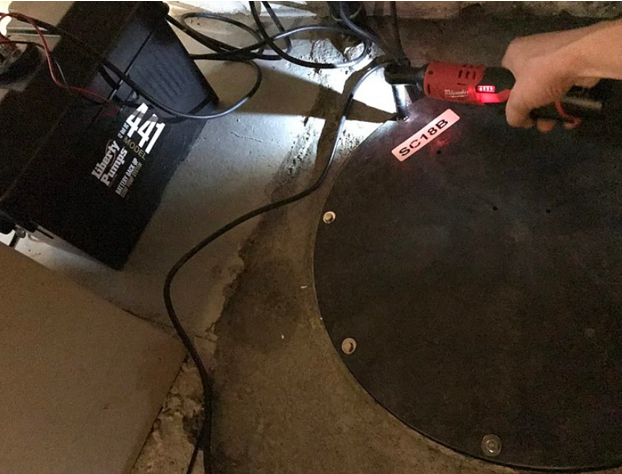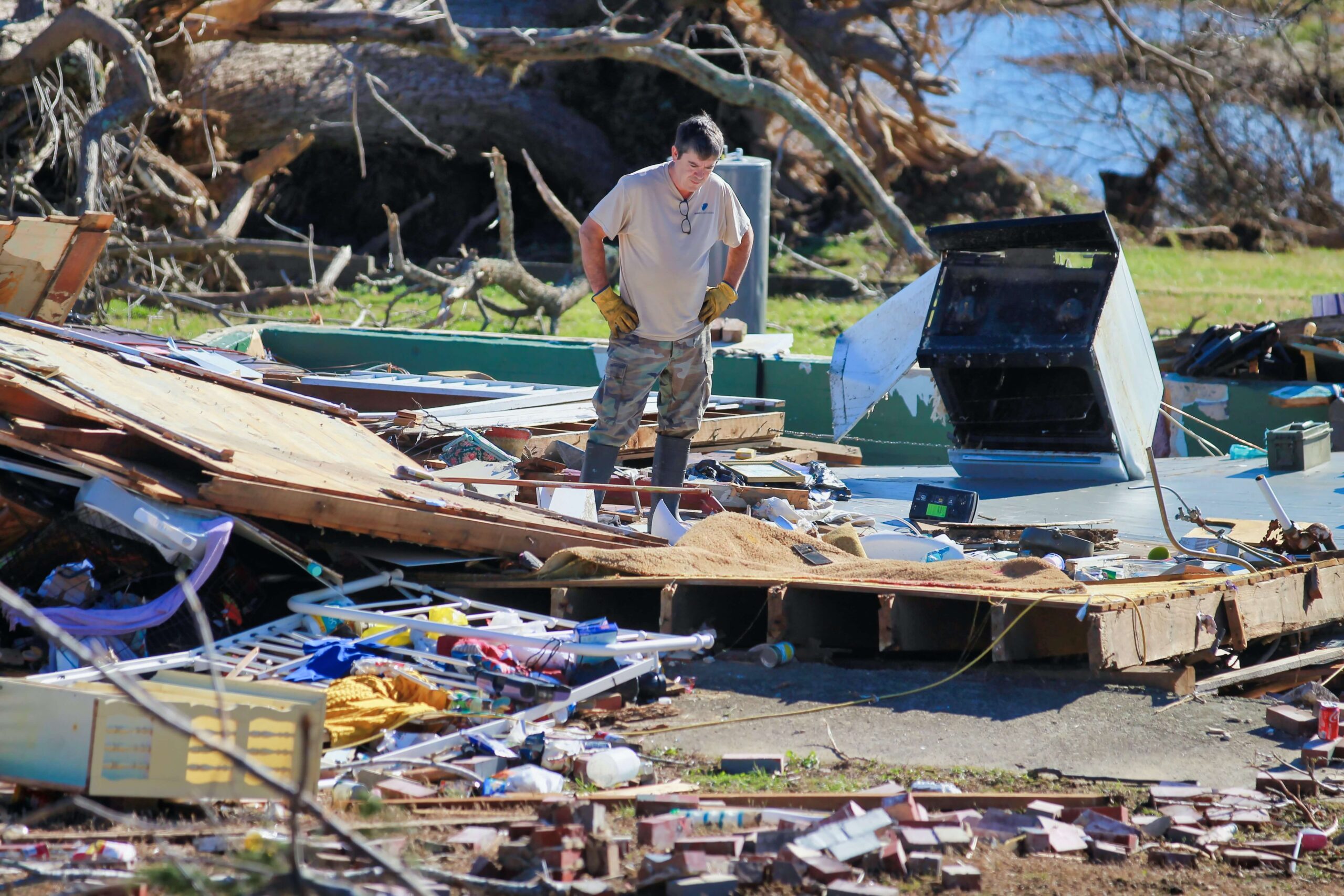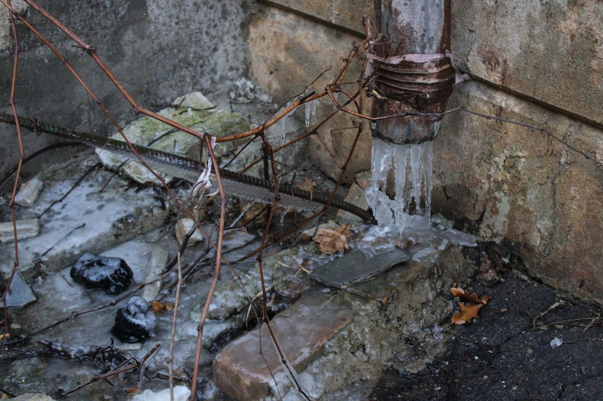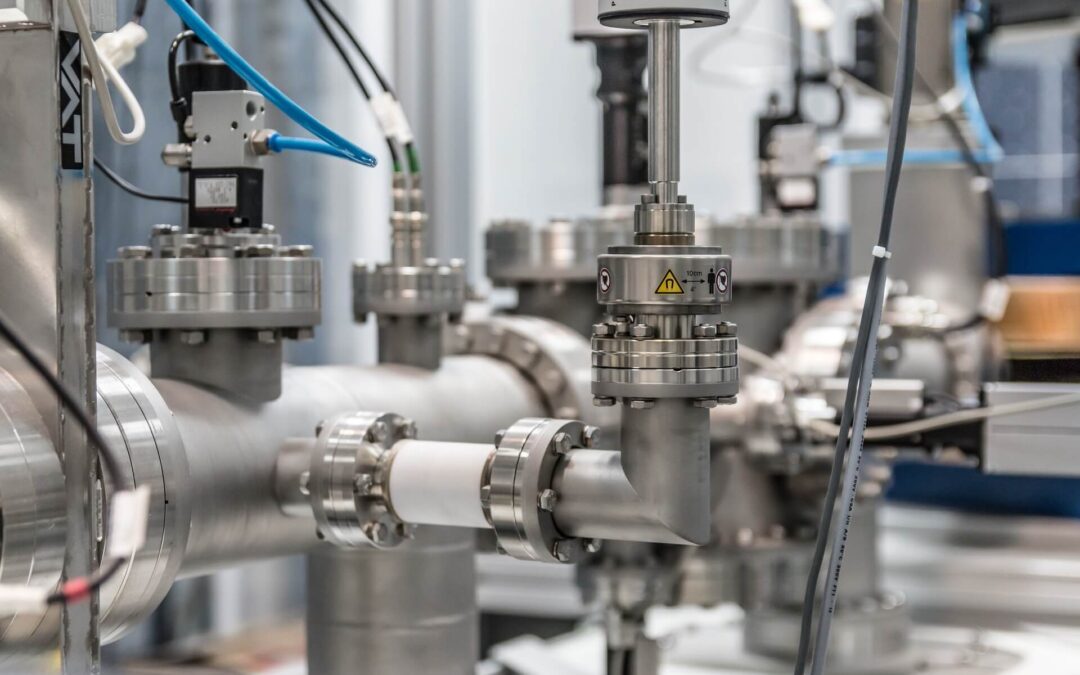Springtime can be tough for homeowners, particularly those with basements, due to sump pump breakdowns and the destruction that comes with it. A reliable sump pump is key in protecting your home from flooding as it pumps out any extra water.
The consequences of a faulty sump pump can be costly, leading to water damage and expensive repairs. To help you prevent such catastrophes in your basement, this article will examine the core components that must be considered before any potential failures happen.
Before we get into the details of how to keep your clients from facing sump pump breakdowns, let’s comprehend the issue first. Springtime brings about relentless rain and melting snow, causing flooding in people’s homes. Sump pumps can be a powerful safeguard against flood damage; however, if it stops working properly, you may face expensive water destruction costs. Henceforth, protecting customers from sump pump failures is pivotal for any business or professional.
Types of Sump Pumps

Looking for the ideal sump pump to suit your needs? Four main types are available—submersible, pedestal, combination systems, and water-powered. Each has distinct benefits that you’ll want to consider when selecting. Finding the type of sump pump that best meets your requirements is essential in ensuring optimal performance!
Submersible Sump Pump
The submersible sump pump is the most widely used model for residential properties due to its efficient, quiet design. It operates fully submerged in a sump pit with the motor encased inside a waterproof casing cooled by pumped water. This type of pump discharges excess liquid through pipes away from your home’s foundation, making it an incredibly beneficial investment as it lasts much longer than other models – although installation requires more precise effort and expertise.
Pedestal Sump Pump
A pedestal sump pump, or column-type sump pump, features a motor installed above the basin. This motor is connected to an impeller via a shaft and causes it to move around inside the water. Although this design helps keep costs down due to its cheaper materials, it also means that you will have more noise coming from your system since the motor isn’t submerged in liquid; plus, its lifespan tends to be shorter than other options.
Combination Sump Pump System
Homeowners at risk of flooding should consider investing in a combination sump pump system, including a submersible and pedestal pump. The primary submersible is the main line of defense against water damage. At the same time, the secondary pedestal can take over if it fails – powered by its battery backup for absolute protection. With this dual-system setup, you’ll have double peace of mind knowing your home is secure from floods.
Water-Powered Sump Pump
If you live in an area with frequent power outages, a water-powered sump pump is a perfect choice for your home. This system utilizes pressure from the existing water supply to generate a vacuum that will draw away all excess moisture and discharge it outside. Unfortunately, these pumps tend to be less efficient than electric ones due to their lower flow rate.
Tips for Avoiding Water Damage

Monthly Testing of Sump Pump Operation
To guarantee your sump pump is functioning properly, it’s important to test it monthly. Here are the steps:
- Fill a 5-gallon bucket with water and pour it into the sump pit to trigger the pump.
- Watch the pump as it starts to work and ensure the water level goes down, indicating that it effectively removes the water from the pit.
- Ask someone to go outside to ensure the water discharges from the discharge pipe while pumping.
Without swift repair or replacement of your sump pump, you risk catastrophic water damage to your home that could be expensive and time-consuming. Don’t wait – take action now!
Checking Discharge Pipe
To ensure your sump pump runs efficiently, regularly assess the discharge pipe and confirm it’s free from blockages or clogs. If there happens to be a blockage in the discharge pipe, water will reverse into the pit, creating an issue for your pump. When examining the exit point of this tube outside your house, ensure it hasn’t been blocked by dirt or leaves.
Testing Battery Backup System or Investing in a Portable or Whole-Home Generator
During a power outage, the sump pump needs an alternative source of electricity to remain functional. Without this backup supply, accumulated water will quickly overload the pump and cause it to malfunction. To avoid such a scenario, invest in a battery-powered system or portable/whole-home generator so your sump pump can continue functioning even during outages.
To guarantee your sump pump remains operational during a power outage, it’s critical to consistently inspect the battery backup system. If you don’t have one, investing in an efficient portable or whole-home generator is a wise choice. Don’t get caught off guard – always have access to reliable energy sources.
Insuring Your Home Against Sump Pump Failure

Importance of Checking Insurance Policy Coverage
When you buy a homeowners insurance policy, it is critical to review the policy documents carefully and understand exactly what is or isn’t included. Many policies don’t include sump pump failure coverage at all – or if they do, only provide limited protection. To ensure your home has sufficient coverage in case of an emergency, test your documentation annually.
Understanding Policy Limits for Sump Pump Failure
Even if your insurance plan provides sump pump failure coverage, there could be limits on how much your insurer will pay for repairs. Various policies have distinct upper bounds on sump pump failure coverage, while others may contain it in a wider water damage segment. It is critical to comprehend the maximum protection that your policy gives for repairing water harm, structural destruction, and personal possessions.
It is essential to remember that Home Insurance policies may not cover destruction caused by flooding, where water enters your home from outside sources. As a result, you should consider purchasing independent flood insurance if you want full coverage for your residence.
Conclusion
Taking preventative measures is the best way to protect your home and possessions from sump pump failure. Monthly testing of your system, ensuring the discharge pipe works properly, evaluating the battery backup system, or implementing a portable or whole-home generator are all essential steps. Additionally, you must have an adequate insurance policy in place to safeguard against this potential issue should it occur.
To ensure that you are properly covered in the event of a sump pump failure, it is vital to thoroughly review your insurance policy. Taking note of all limits and what they cover can protect you from any costly repairs associated with water damage, structural damage, or personal belongings. If there’s ever something unclear about sump pumps or preventing water damage altogether, contact Major Restoration for their expert advice and help.


